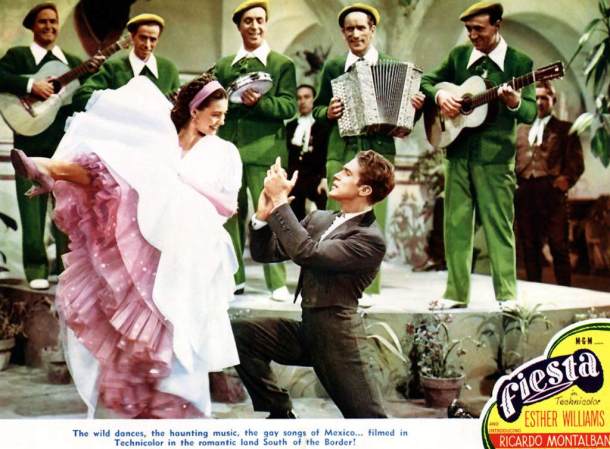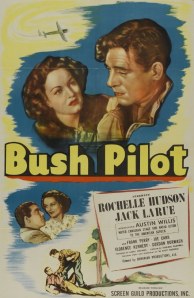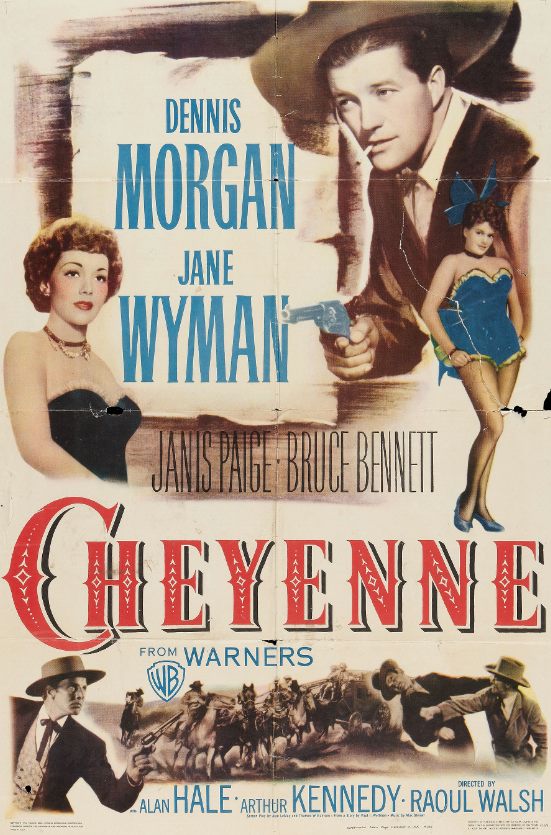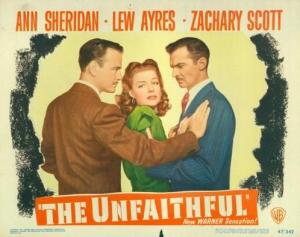
Gran Casino (1947)
Directed by Luis Buñuel
Películas Anahuac S.A.
When the Spanish surrealist filmmaker Luis Buñuel made Gran Casino, his career was in a downswing. His 16-minute silent short Un chien andalou (1929), which he made with Salvador Dalí, had an impact on film and on the French surrealists that can’t be overstated.
His first feature, L’âge d’or (1930), was even more scandalous, and was widely seen as an attack on Catholicism.
He returned to his native Spain and made a semi-documentary, Las Hurdes: Tierra Sin Pan (1933), that depicted abysmal poverty in the mountainous region of Las Hurdes. The film was immediately banned in Spain.
In 1939, with the defeat of the Republican government and the end of the Spanish Civil War imminent, Buñuel moved to Hollywood with his family, hoping to make propaganda films about the war. This came to nothing, however. According to Buñuel, an order came from Washington D.C. forbidding Hollywood to make any films about the Spanish Civil War, no matter which side the film supported.
He worked for MoMA in New York, and was under contract with Warner Bros. from 1942 to 1946. What Buñuel wanted more than anything was to make his own films, but he was continually thwarted. It didn’t help that in 1942, Salvador Dalí had published his autobiography, The Secret Life of Salvador Dalí, in which he accused Buñuel of Marxism and anti-Catholicism.
When Buñuel’s contract with Warner Bros. was up in 1946, he moved to Mexico. He had no interest in Latin America, and didn’t like living in Mexico, but he wanted to make films. Better to make them in Mexico than not to make them at all. (And it’s likely that Buñuel saw the handwriting on the wall in Hollywood, and realized that hard times were coming for leftists in the American film industry.)
Producer Óscar Dancigers, an old Communist colleague of Buñuel’s from Paris who had used his labor connections to enter the Mexican movie industry, helped Buñuel get the job of directing Gran Casino. It was the first feature Buñuel made in Mexico. Despite his reputation as a brilliant artist, Buñuel had never really made a linear film with a story, so despite its shortcomings, Gran Casino is an important film in Buñuel’s career.
According to film historian Philip Kemp, when Buñuel recalled being offered the chance to direct a star vehicle for Jorge Negrete, he said that he thought to himself, “This is a little adventure-romance. Is there anything in it that betrays my conscience? No? Well then, let’s get going.”
Is Gran Casino a must-see for aficionados of Buñuel? No. The only way it could ever be mistaken for a surreal film is if you smoked a fat joint beforehand and were wholly unfamiliar with the conventions of movie musicals. But just because it’s not a must-see doesn’t mean it’s not worth seeing.
Jorge Negrete, the star of the film, started out as an opera singer, and his good looks and rich voice made him one of Mexico’s most popular leading men. (The only other actor who gave him a run for his money was Pedro Infante). Negrete starred in his first movie in 1937. He most often played a “charro,” or horseman, and just like the singing horsemen of Hollywood matinees, Negrete’s character usually rode into town, set things right, rode away with the girl, and sang a bunch of songs along the way.
Gran Casino follows this formula. Negrete plays a freewheeling charro named Gerardo Ramírez who escapes from jail and goes to work for José Enrique Irigoyen (Francisco Jambrina), the Argentinian owner of three oil wells in Tampico, on the Gulf of Mexico.
Señor Fabio (José Baviera), the owner of the casino of the film’s title, wants the oil wells for himself, and will stop at nothing to get them.
After José Enrique disappears, an apparent victim of foul play, his sister Mercedes arrives to take his place as patrona of the little oil field, but there’s a case of mistaken identity, and she’s able to go undercover in the casino as a singer named “Raquela Ortiz.” Mercedes is played by Libertad Lamarque, who was the “Queen of Tango” in her native Argentina, and her acting might be wooden, but her vocal performances are great.
Unfortunately, she and Negrete have no onscreen chemistry, and they don’t even sing any duets together.
If you’re a fan of Buñuel and you’re paying attention, there are a few surreal bits in Gran Casino, like the blurred reflection of the old Frenchwoman Nanette (Fernande Albany) in a champagne bucket that Negrete turns slowly in a way that seems to demonstrate his boredom at her long-winded story as the scene fades to black.
The best surreal bit comes toward the end, when Negrete approaches a bad guy hiding behind a curtain and smashes his head in with a statuette. There’s a brief, inexplicable shot of a mirror being smashed by the statuette in slow motion. Blink and you’ll miss it, but if you’re paying attention, it’s a jarring and memorably weird moment.
Gran Casino was a flop despite its popular stars, and it would be two years before Buñuel made another film. But as I said, it was an important film in his career. It allowed him to establish a foothold in the Mexican film industry, which led to him making the brilliant Los Olvidados (1950), which is one of the best and most powerful films I have ever seen. If you haven’t seen it, I can’t recommend it highly enough.











